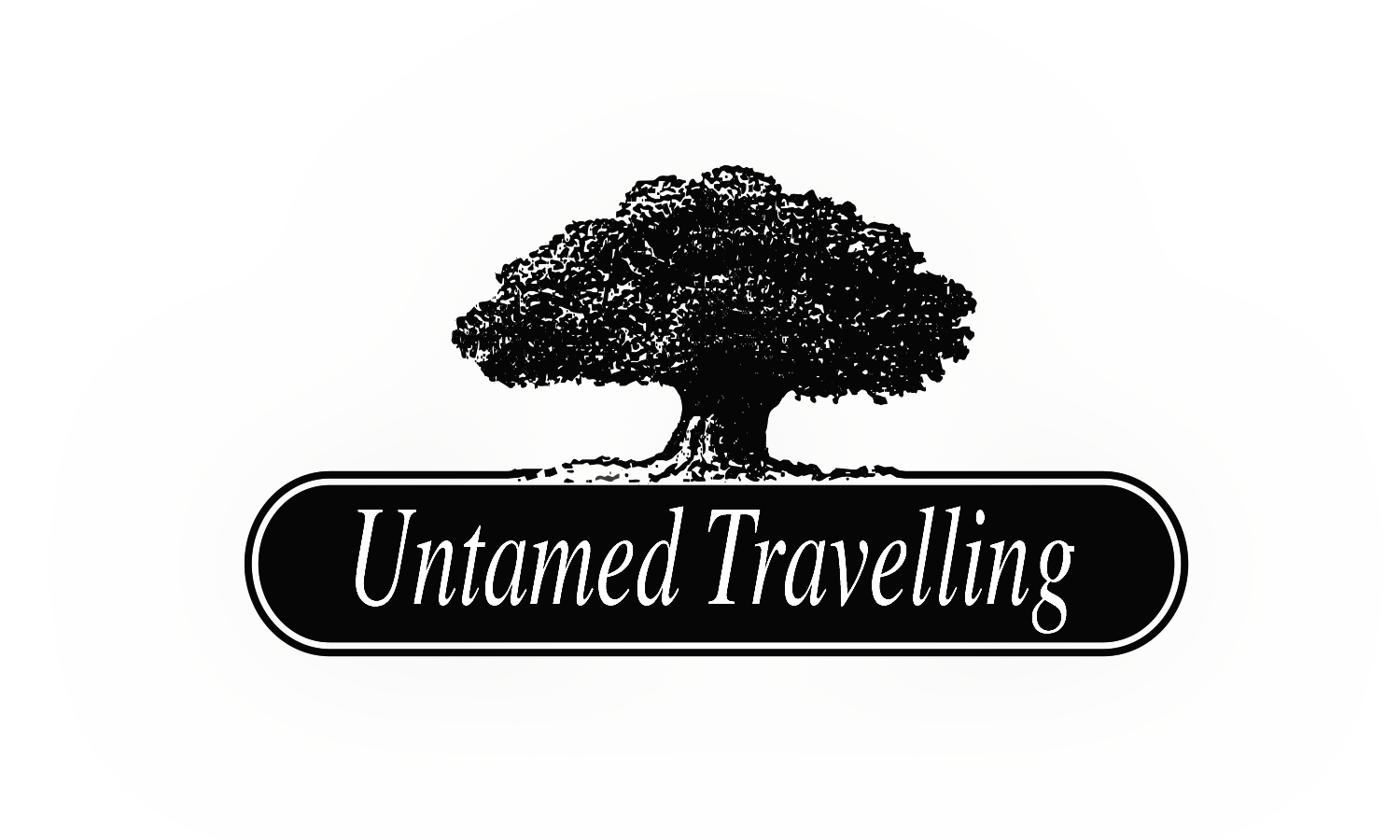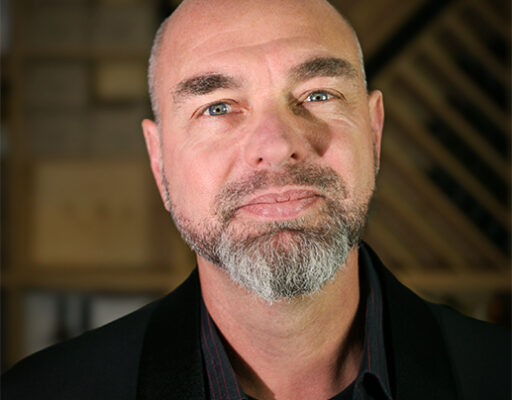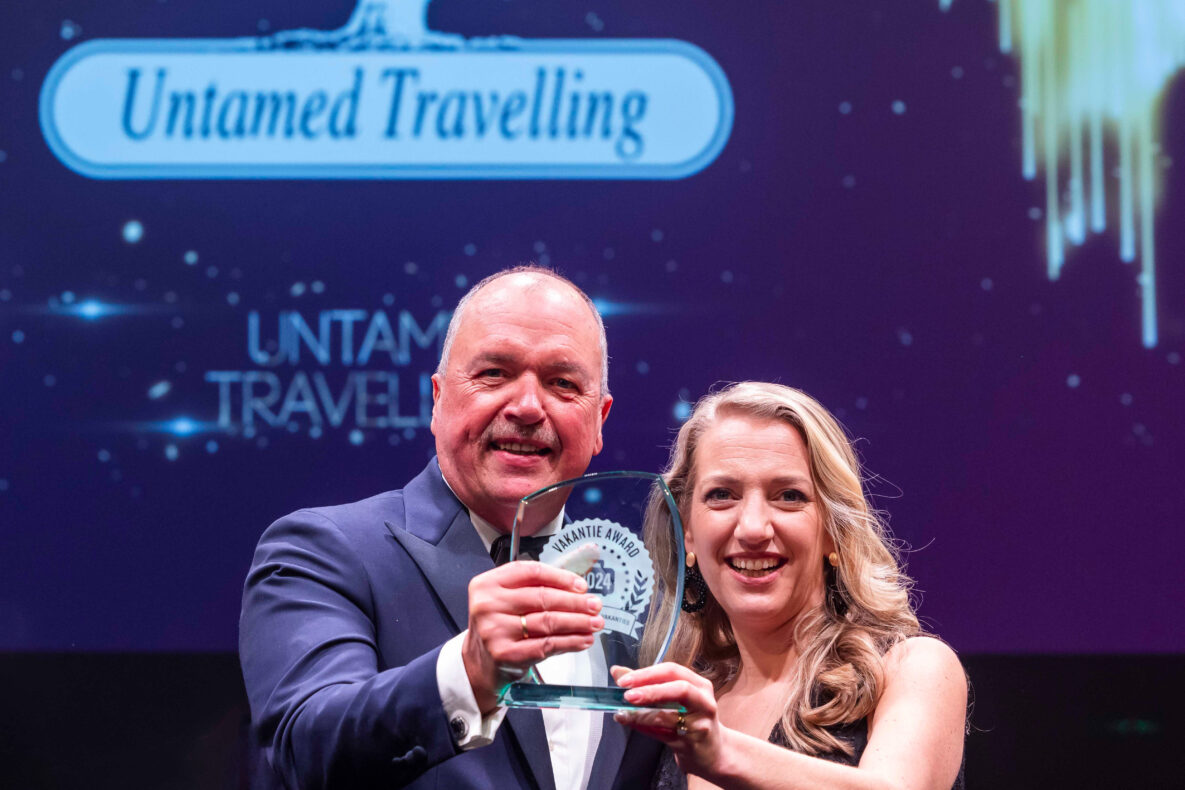In March 2023, I had the unique opportunity to spend a full week in Yukon, in northwestern Canada. Yukon, of course, is known for its amazing landscapes with ice fields, huge glaciers and mountain ranges. It has several national parks, which come alive in summer with the long midsummer nights with birds, wildflowers and melting rivers where wolves, mountain goats, moose, caribou and musk oxen roam. But what do you do there in the winter, everyone wondered? Isn’t it dark very early and very cold there? From Schiphol Airport, I fly with a small group via Edmonton to Whitehorse, the capital of Yukon, to get answers.
Whitehorse
23:00 Mountain Daylight Time (the local time zone) the Boeing of Air North, Yukon’s airline, lands in Whitehorse. Picking up the rental car goes quickly and in no time our XL Durango 4-wheeldrive splashes its way through the snow and icy night to our cozy hotel. The next morning, after a breakfast of salmon and avocado, we really get to know Whitehorse. It’s 10 degrees below zero, so we shouldn’t fuss says the local guide. A week earlier it was minus 30. And we really don’t have to worry about whether we’re going to see the Northern Lights either; they’ve been seeing them every night for the past few weeks as well; some nights even more beautiful than others.
Whitehorse, for the first few days our base of operations, originated during the infamous Klondike Goldrush, when thousands of fortune hunters made the harsh trek through mountains and along the treacherous Whitehorse Rapids to start their hunt for gold here. Therefore, the Mc Bride museum is the perfect start to understanding the history and culture of the region and its people, a huge diversity of inhabitants as First Nations (the original inhabitants), the descendants of trappers and prospectors and immigrants from the rest of Canada. The paleontological museum, where many mammoth remains are displayed, is unfortunately closed due to renovations.


The town has grown quite a bit in recent years, but still exudes the atmosphere of a frontier-town from the gold mining era; on the Yukon River that winds through town, for example, is still the S.S. Klondike. This radar boat went up and down the river to bring supplies and retrieve found gold. In the shopping streets, more modern complexes alternate with older, wooden buildings from the 1920s and 1930s; there is plenty of street art and a log cabin skyscraper of no less than 3 stories. The local bookstore is definitely worth a visit and oh yes, the many restaurants here are super too.


Marshmellows on Marsh Lake
We drive south along the Alaska Highway. With such a huge car the first few miles on the highway are a bit uncomfortable, but soon we are sliding along the wide, often empty roads. After an hour through beautiful, naturally snowy landscapes, we check into the comfortable Inn on the Lake hotel, which offers a phenomenal view of the totally frozen Marsh lake. In the distance, people are ice fishing. The sun is shining and the lake immediately invites us to take a lovely walk; a kind of winter sports feeling.


In the afternoon, a snowmobile tour is scheduled. The snowmobile is the preferred means of transportation in Yukon in winter. You see snowmobile tracks everywhere, disappearing into the woods and across the lake. After extensive instruction and packing properly, we hit the road. Like a moped, you quickly control the snowmobile and we go straight through the forest and reach Caribou Lake after an hour. Occasionally a sign Caution! Bears passes by. With incredible views, we enjoy a simple picnic with hot soup and moose sausages and marshmallows are roasted over a makeshift fire. After a delightful walk, we scoot back to the hotel. It’s convenient that the owner is also a great cook, so the following three-course menu becomes a real splurge with the necessary appetizers. I go outside every hour to see if there are any northern lights yet, but unfortunately it is too cloudy.


Wildlife reserve and hot springs
You can also see wildlife in Yukon in winter, in the Wildlife Preserve. You can either drive or hike into the park; although it looks a bit like a huge zoo, you can do well to spot all the iconic animals of Yukon’s vast wilderness, such as Arctic Fox, Canada Lynx, Moose, Wapiti, Mountain Goat, Mule Deer, Muskox, Red Fox, Thin Horned Sheep, Bison and Caribou.


Nearby is also the renovated Eclipse Nordic Hot Springs; we enjoy the wonderful hot water pools and exquisite saunas until late in the night. Unfortunately, I can’t participate in their famous hair-freezing contest.
Ice fishing and Carcross
We drive back towards Whitehorse and have lunch at the fantastic Northern Light Resort where get a short tour. This resort is highly recommended for people who come for a few days especially for the northern lights! We get a taste of the chef’s cooking skills with a great lunch. We proceed to Ski Resort Mount Sima to pick up the rented ski boots. Then we drive to Fish Lake, where ice fishing is on the program, but you can also do husky rides, among other things. However, ice fishing turns out not be for us and after an hour we give up.

In fact, we have to report to Tinytown, a village that is not on the map or TomTom, but must be somewhere on the South Klondike Highway, on the border with the USA. We pass the town of Carcross, which was originally called Caribou Crossing, after the many caribou that passed here. The place grew because the famous White Pass & Yukon railroad from Skagway to Whitehorse, built during the gold rush, passes through this place.

Heli-skiing
Finally we arrive Tiny Town, after seeing an encampment of circus trailers along the road with a small sign: Yukon heli ski! In the distance we can already see the blue helicopter and the first Tiny Houses. This is where we will sleep for the next two nights and in what a setting, wow! After checking in, we gather in the common kitchen/living room at the long dining table for a briefing, great food, wine and beer and great company.


For dessert we have… ice. Outside, the cook pours hot syrup into the thick layer of snow and everyone starts scooping with their spoons. Boy, the house dog, stands there with a look of this I have nothing to do with.


After getting our skis fitted one at a time, as well as an ABS (an avalanche airbag) and an avalanche piercer, we are given extensive safety instructions for both off-piste skiing and the drill for getting in and out of the helicopter (don’t lift your skis!). Then the engine is started and not much later we set off into the mountains with roaring noise. The helicopter climbs higher and higher, the views of the St Elias Mountain Range are immense and I don’t know where to look. Once over the ridge, the pilot begins to point and confer with the ski instructor, where best to land for our first descent; everything seems so deserted, as if no one has ever been there before. After deciding which summit we will be dropped off at, the helicopter climbs even higher and then initiates the landing, with the landing gear sinking deep into the snow, and us to our knees as well, after we get off. As soon as the helicopter takes off under heavy snowstorms, everyone tries to put on their skis; an almost impossible job in that deep snow, but a few moments later – full of adrenaline – we start our first descent! This is really extreme off-piste, not dangerous at all, but nowhere in the wide area do you see tracks; we are the first ski here in months, through the deep fresh powder snow. Amazing! Once down, everyone is totally impressed, what an experience! The helicopter is called by walkie talkie and within a few minutes we hear the rotor blades whizzing by for the next run.


The runs do get more and more difficult terrain and since I am not a good skier myself and have never skied in such deep powder, I drop out for the more difficult runs. You have to be really (very) good at skiing for this adventure; the die-hards make as many as 9 runs in 1 day. In the meantime, the others are dropped by helicopter in the middle of nowhere for a great picnic lunch of hot soup and sandwiches. 5 more descents follow before we fly back to Tiny Town, straight over the high Skillcoot pass, hugely impressive again. Only after the delicious dinner, hot-top and a hearty drink the adrenaline and the overwhelming day begin to subside a bit.


Flight to HAINES JUNCTION
We have an appointment with Alpine Aviation today, for a more than two-hour flight to Haines Junction in a 4-seater Cessna. Only when we knock on the door does the owner/pilot opens the hangar doors. Everything goes on Yukon-time; no rush! After takeoff, we circle briefly over Whitehorse and then we’re immediately among the snowy peaks. We can even see Mount Logan, the highest mountain in North America. An insane flight, with one glacier after another, frozen rivers, clear blue skies and fresh tracks of moose and caribou everywhere.




After a short lunch in Haines Junction at the local Chinese Lucky Dragon, we drive to Mount Logan and Kluane Park. Although the park is not suitable for hiking in winter, it is still a breathtaking experience. We then drive back to Whitehorse in two and a half hours through vast landscapes on rolling roads.


Northern Lights
Of course, the northern lights were one of the reasons to travel to Yukon. From August to April, you can observe this fantastic phenomenon. After the first few days that are either overcast, we see only a tiny sliver of green or even fall asleep after heli skiing, there is one more chance for us. At ten o’clock we are picked up and driven to a remote spot, far from the light pollution (which is hardly there in Yukon anyway). It is very cold and for the first few hours there is nothing to see, but we stay hopeful because the sky is tremendously clear. And indeed, just after midnight the dancing of colors begins. A little green at first, it looks more like a few fog patches, but more and more powerful green and even blue colors emerge. Magical, and the best ending you can wish for to this amazing Yukon adventure!


Vancouver
As soon as we are back on the Air North plane, a hefty value transport arrives; large bags are loaded onto the plane. ‘Gold’ agrees the passenger next to me; even in winter in Yukon, gold remains No. 1. We fly via metropolis Vancouver, the ideal place to end this trip. It takes some getting used again to suddenly find yourself among the skyscrapers after the wilderness of Yukon, but even here you can see the snow-capped peaks on the skyline. A super cozy, lively city, even in winter, equipped with good restaurants, nice bars and beautiful boulevards. The large park is intensively used on weekends and everyone is running, skating or picnicking and walking in the first rays of spring sunshine. What a wonderful city!


Canadian Lapland
Back in the Netherlands, I often reminisce about this unique trip. Yukon is a beautiful winter destination, with all the activities you can also do in Lapland in winter, like cross-country skiing, skiing, snow scooter and husky rides, ice fishing, sitting in the sauna and hot water baths and seeing the northern lights. And heli-skiing, of course, although that’s not for everyone. It is all a bit less developed tourist-wise – especially in winter, and a lot quieter, and that is precisely its charm. There are excellent restaurants and accommodations of all categories. Tack on a few days of vibrant Vancouver, and possibly Vancouver Island, which I unfortunately didn’t have time for this time but definitely will come back for.













